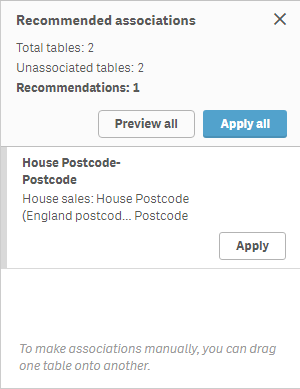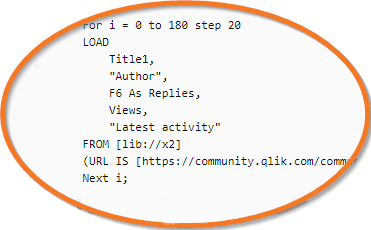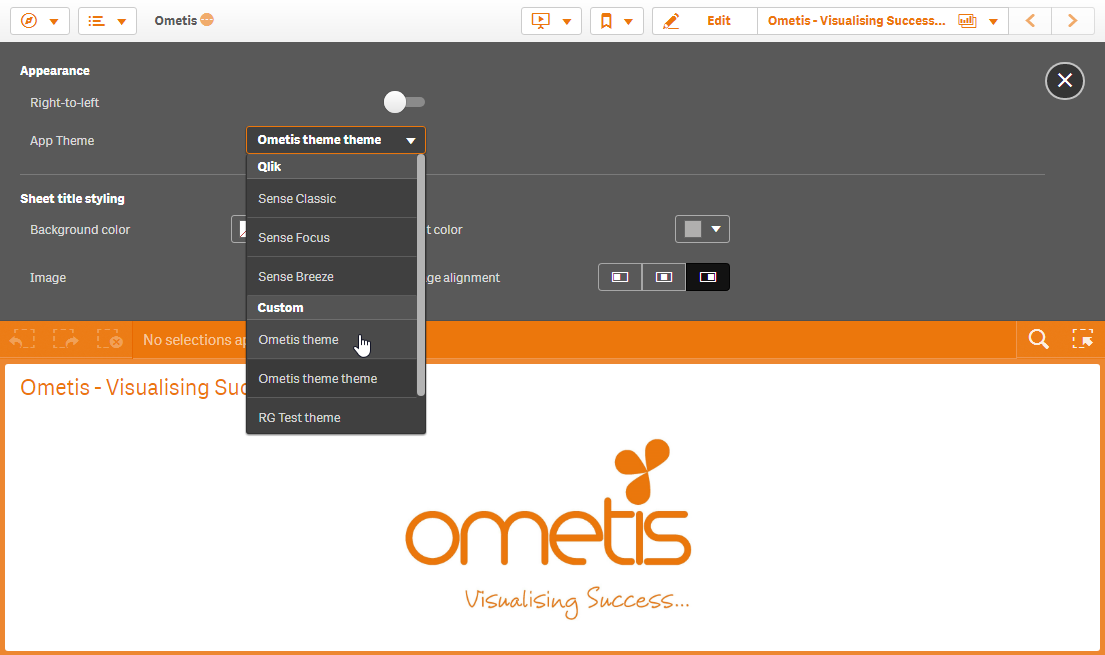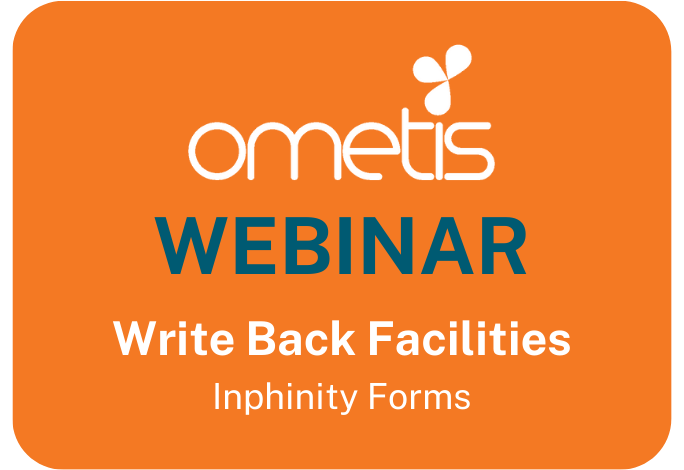Qlik Sense Update – February 2018
We’ve been waiting since November 2017 for the latest Qlik Sense update after Qlik announced its aim to bring out five updates every 12 months.
Well, February 2018 is now out and for me there are three interesting and useful additions for the masses but before we get to them, I just wanted to quickly cover some of the detailed functionality we can now see that has been targeted to specific user groups.
Microsoft SQL Server
For those that have Microsoft SQL Server, you now have single-sign-on. This enables a single connection to the database which can be shared across different users, delegating to the database’s security rules to handle which tables and values each user can see. This saves time in creating and maintaining multiple data connections in Qlik Sense.
Loading a Table From an Analytic Connection
You can now load a table from an analytic connection using the LOAD … EXTENSION … statement. This drastically improves performance, as you may have experienced returning a single or few columns at a time during a data reload. Great for those with unstructured data as well.
On-Demand For Anonymous Users
On-demand app generation for anonymous users is great news for those using login access passes in their environments.
CPU and RAM Utilisation
Telemetry logging; enabling the QIX performance log level within the Engines > Logging view of the QMC, you can now track usage metrics from the Qlik in-memory engine based on configurable thresholds. Enabling you to capture CPU and RAM utilisation of individual chart objects, reload tasks, and more – this is great news for any administrators out there!
Connector Updates
And to finish this section off there are also updates to the Oracle and PostgreSQL ODBC connectors.
These are all great additions, but I want to come back to the three updates that will be applicable for 80 per cent of Qlik Sense’s userbase.
Recommended Associations
We have an update to the Data Manager in the form of Recommended Associations. This simplifies the association process by presenting the user with suggested links as soon as two or more tables have been added to the app. There’s no need to manually drag bubbles on top of one another or click the magic wand.
You are now presented with a list of recommendations, which you can preview, apply or ignore with ease and without thought. It’s a relatively small change in how and when Qlik provides recommendations, but it certainly streamlines the process and will benefit all users of the Data Manager, particularly new and/or less data-literate users.

Dynamically Generated Queries to Web Sources
Next is dynamically generated queries to web sources. Until now it’s been rather cumbersome to extract data from web files that return values in groups or pages.
You now have the option to use the ‘URL IS’ setting in the web file connection. It’s interesting to note that this isn’t a setting in the connector itself, rather a parameter available for you to add to the load script after. This works in a similar fashion to the WITH CONNECTION statement available with the REST connector, which permits you to use variables within the URL option to dynamically generate a new URL.
Even if this doesn’t affect you today, with more and more companies consuming and analysing external data, it is likely it will affect you at some point in the not-too-distant future, so this is a great feature to be added. The capabilities for this are only going to grow. Think about the important of social media and social data in the digital age and how this is already being digested daily across the globe.

Custom Themes
Lastly, something quite a few of our customers have been asking for is supported custom themes. In the past, we have had to ‘hack’ Qlik Sense and modify the underlying CSS to brand the Hub with our customers’ corporate colours, logos etc. Now there are supported custom themes you can create and use per app.
With the Qlik Sense February 2018 update you can:
• Change colours of background and individual chart elements
• Define colour palettes and colour gradients
• Specify font-family, font sizes and font colour
• …and more
All of the above is possible on a global or granular basis throughout your app. This will help you improve your Qlik Sense’s user interface design but don’t mistake this for technical design.
In summary, you have a JSON file to define the style to an individual object and CSS file for more general styling for example sheets or to apply a style to all visualisations. Once created, you zip and import the custom theme files as an extension in the Qlik Management Console (QMC). This means you can also apply security rules to the theme. You can then apply a theme in the app options of an unpublished app and the theme is maintained when the app is published.

You may want to watch this space on this subject, as we have done a lot of work on custom themes during the beta release phase and we may be able to help speed-up the creation of your own. If this sounds of interest, don’t hesitate to give us a shout and we’ll be ready to help.
Qlik Sense Update – Conclusion
I think we have yet another quality release from Qlik. My personal favourite is the Recommended associations as I see it helping all users by simplifying and streamlining the data preparation stage. I believe this addition will reduce barriers to change and increase the adoption of Qlik.
Recommended associations, coupled with the 89 new functions Qlik added in the November 2017 release, and sequential operations in September 2017, and the data profiling cards and the ability to synchronise scripted tables in June 2017, makes the Data Manager a seriously powerful tool itself. It’s great to see Qlik investing a lot of time and effort into making the data preparation phase as easy as the visualisation part.
By Christopher Lofthouse





Comments